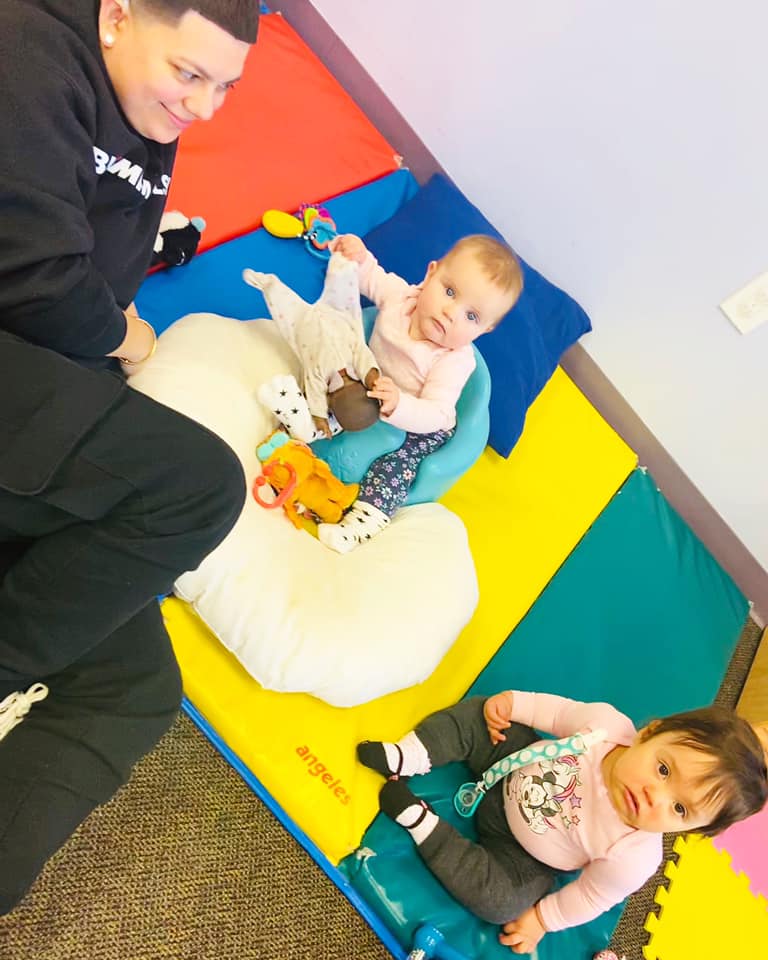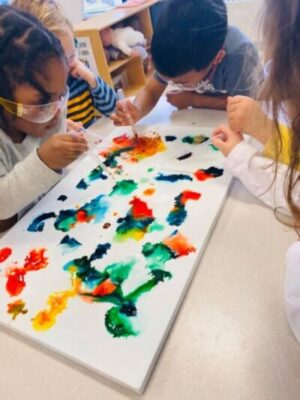Time is a luxury we cannot buy. In the blink of an eye, your sweet babies grow up to be little humans who are all ready to begin their preschool journey. You have already done a thorough research and chosen the perfect preschool in White Plains for your little one. You also made sure that they went to bed early last night so that they would wake up happy and with plenty of time to get ready. Their backpack is filled with school supplies and is waiting by the door while the first-day-school outfit is hanging in the closet ready to go for the big day.
It’s your child’s first day of preschool in White Plains, and it is time to begin a journey that will last for almost two decades! As parents, how can you make this a hassle-free, memorable day?
Your kid’s first day of preschool only happens once. It is a huge leap and an exciting milestone for both you and your little one. While stepping into preschool for the first time comes with new and beautiful experiences for your child, it can also be scary for some children.
First Day Struggles of Both Parents and Child
Starting school for the first time is an overwhelming, yet exciting milestone. Teachers understand the struggles of some families as their kids embark on this new journey. While parents look forward to the independence, discoveries, and friendships that await their future scholars, enrolling them in school means taking on different routines and leaving the comforts of home. Some preschoolers might experience separation anxiety during the first weeks of school. It is only natural for children to feel anxious on their first day of preschool. It means that the child needs time to trust that you will come back and get used to new routines and faces. Even if they will only be away for a few hours, it is still a huge step for someone wearing such cute, little sneakers.
5 Tips to Take on the First-Day-of-School Jitters
Making the first day a good day can set the tone for the school year to come. If you want your kids to stay in a good mood and go into the day with confidence, help them ace it by following these five get-ready-for-school tips:
Keep your good-byes short and sweet
When the teacher tells you that it’s time to leave your child, hold back your own tears, give your preschooler a quick kiss and hug, then let him know that you’ll be back. When you pick them up after class, reinforce the idea that you returned like you said you would. Remember not to try to sneak away when they are not looking since it will make them less trusting and insecure. Having this routine each day will make goodbyes easier in the long run.
Keep a smile on your face
When sending your child off to preschool, they might have a total meltdown. But don’t let them know that you are sad as well. If you seem confident that your little one will learn and have fun and your tone is upbeat, your child will be optimistic too. Put on a happy and smiling face – even if internally you are close to tearing up – give lots of kisses and hugs, then leave.
Talk to your child
In the week leading up to preschool, you can encourage your child with positive words. When you drive by the building where they will be attending school you can say, “You will have so much fun in there!” or “You are going to love your new school!” If you have any reservations yourself, choose your words carefully since children can pick up on those feelings.
Don’t rush in the morning
Every morning can feel like a mad rush, especially if your kid is a late riser. If your little one is hard to wake up, get them into bed earlier than usual. In doing this, it will be easier for your child to wake up early, and you won’t have to rush them as they eat their breakfast.
Bring a comfort object
If the preschool you have chosen allows it, let your child bring an item that reminds them of home and will give them comfort throughout the day, like their trusty stuffed animal or beloved blanket. Once your little one becomes comfortable with their new environment, they will let go of their lovey or leave it in their cubby during playtime. In case your kid has trouble letting go of his lovey, you can compromise and explain why their comfort object is better off staying at home.
Keeping these five tips in mind can start your child’s educational career off right and help both you and your kids have a more comfortable first day of preschool. Remember that it will be okay. So if you are looking for a reliable preschool in White Plains, calm your kid’s first-day jitters and prepare them for their first day with Discovery Village Center! For more details, check out our website or call (914) 631-1009 today.



